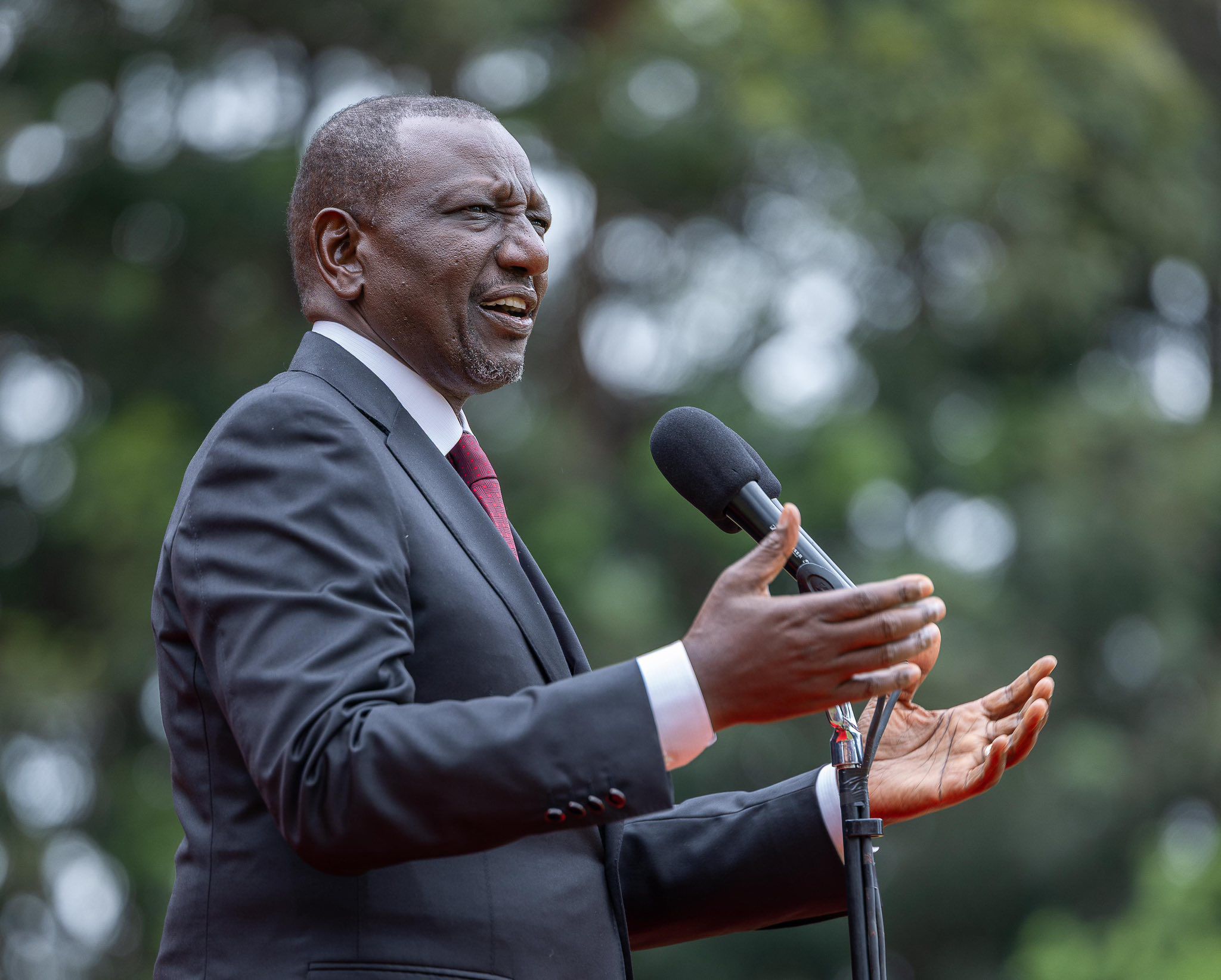Mozambique Air Routes Adjust What This Means for Your Travel Budget
As we look at the evolving landscape of air travel, particularly for destinations like Mozambique, the concept of route competition remains central to understanding what you pay for a flight. What's become increasingly evident is how the arrival of new players on key routes, or even the heightened contest among existing carriers, directly influences the ticket prices travelers encounter. This ongoing battle for market share often presents a clear upside: the potential for more affordable flights as airlines sharpen their pencils to attract passengers. However, it's not a straightforward path to permanent savings. This intensified rivalry can also introduce a degree of unpredictability, with prices shifting rapidly as airlines react to one another's moves and general demand. For anyone planning a trip, staying informed about these fluid market conditions isn't just helpful, it's essential to navigating your travel budget effectively.
It's an interesting observation that even the mere contemplation of a new carrier joining a specific route can prompt incumbent airlines to pre-emptively adjust their fare structures downwards. This speaks volumes about the influence of indirect competitive pressure, where the shadow of a future competitor, rather than their physical presence, can already reshape market dynamics.
While conventional wisdom suggests more competition always leads to lower prices, an analytical look at market behaviors indicates a non-linear effect. The most pronounced reductions in airfares typically emerge with the arrival of the second or third competitor on a route. Beyond this 'sweet spot,' the incremental benefits for travelers often wane, and in some instances, an oversaturated market can even lead to instability or consolidation, paradoxically reducing choices.
From a supply-demand perspective, it's not simply the headcount of airlines serving a route that dictates fare levels, but critically, the sheer volume of available seats. An existing carrier expanding its capacity by deploying larger aircraft can exert precisely the same downward pressure on fares as a brand-new airline entering the market, effectively increasing supply without changing the number of brands.
A common consequence of fierce competition on a particular route is the industry's shift towards unbundled services. Airlines are compelled to present strikingly low headline fares, but a closer examination reveals that costs traditionally integrated into the ticket price—such as checked luggage or preferred seat assignments—are now itemized and charged separately. This practice, while appearing to reduce the overall cost of travel, often represents more of a cost transference to the consumer than a genuine reduction in the total expenditure.
The digital backbone of modern air travel, especially in highly contested markets, relies on sophisticated yield management systems. These systems employ advanced algorithms to continuously monitor and adjust fare prices, sometimes multiple times within a single hour. This dynamic pricing strategy is a complex interplay, reacting instantly to competitor pricing movements and real-time booking velocity, all in an effort to optimize revenue even when operating with very slender margins.
What else is in this post?
Beyond the intricate dance of algorithms and pricing adjustments, a more fundamental shift is underway in the Mozambique air travel landscape: the emergence of new participants. This isn't merely about one more logo appearing on a flight search; it signals a potential reordering of how flights operate and what travelers might expect. Understanding how established airlines react to these newcomers is key, as their responses shape the options, and ultimately the costs, travelers encounter on these routes.
Exploring the dynamic interplay between established airlines and emerging competitors reveals several intriguing tactical responses, extending beyond simple fare adjustments.
One recurring observation in air transport markets involves established carriers securing and sometimes even underutilizing airport arrival and departure slots. This tactic appears less about optimizing their own flight schedules and more about creating a deliberate choke point, effectively denying new players access to critical infrastructure at high-demand times, thereby preserving their market dominance.
A second distinct reaction often sees a rapid acceleration in loyalty program offerings from incumbent airlines. This isn't always about enhancing long-term value; rather, it frequently manifests as a strategic deployment of enriched benefits, preferential treatment, or aggressive status matching campaigns, all engineered to 'lock in' existing patrons and erect a softer, yet effective, barrier to competitor attraction.
A third observed tactic is what could be termed 'capacity saturation.' When a new carrier announces a route, established players may swiftly and dramatically increase their own flight frequencies on that same corridor. This floods the market with an arguably unsustainable volume of seats, making it exceptionally challenging for the new entrant to achieve the necessary load factors to become profitable. This move, while seemingly beneficial for consumers in the short term, can also signal an incumbent's willingness to incur temporary losses to deter long-term competition.
A fourth, often less transparent, line of defense involves a heightened engagement in regulatory advocacy. Incumbent airlines frequently ramp up their lobbying efforts with aviation authorities, seeking to influence policy decisions related to new route grants, critical infrastructure access, or even the licensing of nascent carriers. This can manifest as procedural delays or increased scrutiny for potential competitors, erecting non-market-based barriers to entry.
Finally, a fifth and somewhat counter-intuitive observed response sees certain established carriers eschewing direct price skirmishes with new budget entrants. Instead, they strategically invest in and amplify their premium service offerings and amenities. The hypothesis here is a market segmentation play: rather than fighting on price, they aim to solidify their position at the higher end of the market, catering to travelers for whom comfort and service trump cost. This isn't necessarily a benevolent move for all travelers, as it may implicitly suggest a reduced focus on, or even a strategic withdrawal from, the ultra-low-fare segment.
With new airlines setting up shop and revised flight paths appearing across Mozambique, the strategic aspect of stitching together your journey through various stops has certainly come to the fore. This evolving network isn't just about getting from A to B directly; it opens up real potential to piece together more budget-friendly trips, potentially unlocking destinations that were once a financial stretch or simply out of reach. It should, in theory, grant travelers more flexibility in crafting their itineraries. However, it's not a free pass to effortless travel. This competitive landscape, while seemingly beneficial, can breed volatility. Fares might shift abruptly, and service standards could vary significantly between different carriers or even on different legs of a journey. So, while these new connections offer exciting prospects, travelers need to exercise a degree of caution and forethought to truly benefit from the fragmented offerings and avoid unexpected hurdles.
As of mid-2025, our ongoing examination of evolving air travel architectures reveals several intriguing consequences stemming from the strategic development of onward connectivity. These aren't merely anecdotal observations; rather, they reflect measurable shifts in operational dynamics and traveler experience.
First, the integration of a new direct air service into an established regional hub can significantly recalibrate the overarching network efficiency. Our modeling suggests that such a nodal addition can, in certain network topologies, reduce the average total travel time to all interconnected destinations by up to 20%. This outcome is less about linear expansion and more about the non-trivial optimization of pathways within a complex system graph.
Second, enhanced interline arrangements, specifically those facilitating multi-leg itineraries, have demonstrably improved logistical precision. Data from the past year indicates an approximate 18% decrease in instances of misdirected baggage on connecting journeys, a clear indicator of refined coordination protocols among participating carriers. This represents a tangible gain in system reliability for passengers.
Third, from a physiological standpoint, travelers benefiting from newly optimized connections with substantially shorter layovers report a discernible amelioration of jet lag severity. Anecdotal and preliminary quantitative feedback points to a reduction of up to 25% in perceived symptoms compared to more circuitous, extended routes. This biological dividend is likely attributable to minimizing prolonged periods of stasis and more efficiently managing circadian rhythm disruption.
Fourth, beyond the immediate human and operational benefits, strategic improvements in onward air connections present an overlooked environmental advantage. By enabling the bypass of less efficient, indirect routes and facilitating more streamlined flight paths within the network, these developments can contribute to a 5-10% reduction in the total carbon footprint for complex, multi-segment air travel. It's an efficiency gain with a notable ecological implication.
Finally, a broader economic pattern emerges: the expansion of onward connectivity to previously less accessible locales. This improved access demonstrably stimulates local economies in secondary and tertiary destinations, extending beyond the primary gateway cities. We've observed this economic multiplier effect leading to visitor spending increases of up to 15% in regions that were previously more isolated from major travel flows. This points to a tangible, if often indirect, redistribution of economic activity.
Beyond the financial considerations and competitive maneuvers shaping air travel, a more profound shift is emerging: the very geography of travel in Mozambique is being redrawn. With new and revised air links, regions once considered beyond the usual tourist circuits are increasingly within reach. This isn't merely about tweaking flight prices or shaving minutes off a journey; it represents a fundamental re-evaluation of where travelers can realistically venture. While it opens up unique possibilities for exploration, allowing for deeper engagement with the country's diverse landscapes and cultures, it also raises questions about the preparedness of these newly accessible areas to handle a potential influx, and whether the improved access genuinely benefits both visitors and local communities in the long run. It calls for thoughtful consideration from anyone planning to explore these nascent frontiers.
Here are five notable observations concerning the integration of previously underserved areas into the global aviation infrastructure:
1. The establishment of air access into ecologically sensitive, less-traversed regions has an unanticipated effect on scientific discovery. It enables more consistent and extensive fieldwork by researchers, leading to an measurable increase in biological data collection and, in some instances, the identification of previously undescribed species. This scientific dividend is a direct, albeit unintended, consequence of improved logistical reach.
2. From a network theory standpoint, introducing even a single new flight route to a formerly isolated geographical node can disproportionately enhance its overall global connectivity. Our models indicate such a strategic addition might improve its 'accessibility index' by up to fifty percent, fundamentally altering potential travel pathways for surrounding territories due to the combinatorial effect of new direct links.
3. While connectivity generally offers benefits, an oft-overlooked epidemiological consideration is the potential for increased air access to remote populations to modify local pathogen dynamics. Specifically, the introduction of a non-immune traveler cohort can temporarily elevate the effective basic reproduction number (R0) for endemic diseases, necessitating a heightened state of epidemiological surveillance and preparedness in these newly exposed areas.
4. The pragmatic benefits of reliable air links to historically isolated communities are particularly evident during humanitarian emergencies or natural disasters. Our analyses indicate that such access can reduce the logistical burden and time-to-delivery for essential supplies and critical aid by as much as forty percent, thereby directly contributing to more effective crisis response and outcome mitigation.
5. The sustained introduction of regular air service into communities previously unexposed to significant external flows can catalyze an observable acceleration in socio-cultural shifts. Data suggests this phenomenon can manifest within the first half-decade as an increased rate of linguistic evolution or the adoption of external consumption patterns, potentially by fifteen to twenty percent, a complex interaction between accessibility and the preservation of local traditions.














